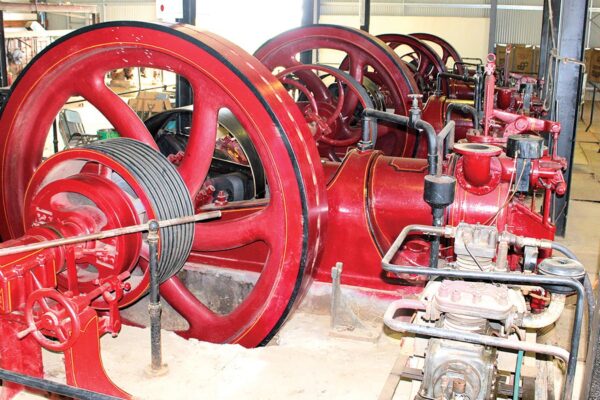
Murtoa Silo Art & Digital Lightshow
- Soldiers Avenue, Murtoa, Victoria
- siloarttrail.com
By day and by night… an unforgettable bird mural with a special underlying meaning.
The Murtoa wheat silo was given a stunning new lease on life by renowned street artist SMUG, with a breathtaking mural featuring a flock of brightly coloured birds. The artwork is inspired by the James Hill taxidermy collection, combined with the discoveries of Dr. John Cade, a psychiatrist who made significant contributions to the understanding and treatment of bipolar disorder. 30 remarkably detailed birds can be found on the silos with one unique glowing bird, representing the 1 in 30 Australians who experience mental health illness.
Dave Jones from Transience has given the large scale silo mural a spectacular layer with a permanent light animation over the silo, viewable at night.
The mural is a testament to the power of art to inspire and connect people, as well as to educate and raise awareness about important issues.
Murtoa Silo Art is best viewed from the Water Tower Museum.











